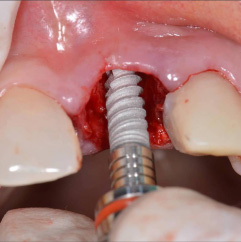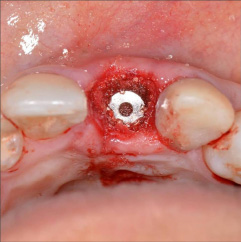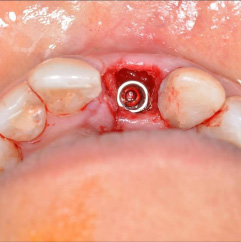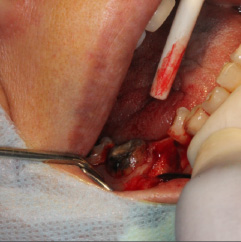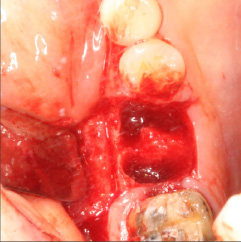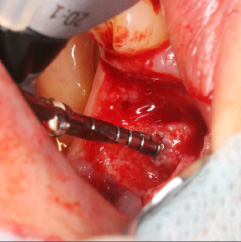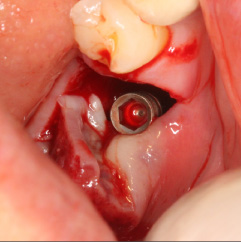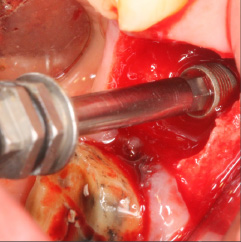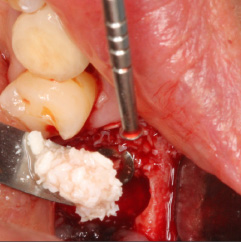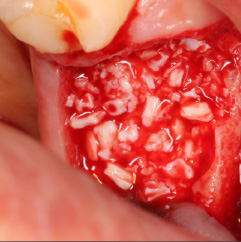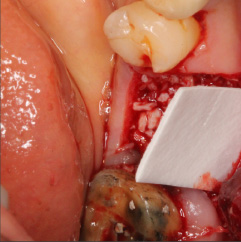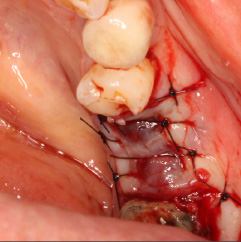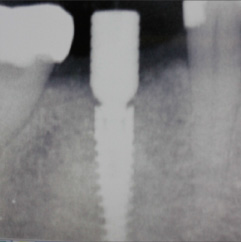Classic 2.42
Internal Hex - RP
- Expiry Date:
- 3-4 years
- Surface:
- SLA
- Hex Size:
- 2.42mm
- Titanium:
- Titanium Alloy Ti 6Al-4V EL
- Country of origin:
- Israel
- Platform:
- RP
Shipping and Delivery
Payment Options
Returns Policy







The CSI Implant combines advanced technology and materials for enhanced performance and reliability, making it suitable for a wide range of clinical applications.
Features and Advantages:
-
SLA Surface Treatment:
- Optimal Osseointegration: Large grit sandblasting creates controlled macroroughness, enhancing bone bonding.
- Accelerated Healing: Acid-etching produces a microstructure that supports faster healing and soft tissue integration.
-
Titanium Alloy Ti 6Al-4V ELI:
- Superior Strength and Reliability: Crafted from high-quality titanium alloy, ensuring exceptional fatigue strength and biocompatibility.
-
Implant Design:
- Micro Rings on Coronal Part: Reduce marginal bone loss and crestal compression, increasing Bone to Implant Contact (BIC).
- Variable and Double Threads: Provide smooth, controlled insertion and efficient load distribution, ensuring good initial stability and increased BIC.
- Cylindrical Body with Slightly Tapered Apex: Ensures smooth insertion, enhancing initial stability and load distribution.
- Sharp Threads and Cutting Flute on Apical Part: Facilitate smooth and controlled insertion, ensuring good primary stability.
Drilling Protocol:
- Cortical Drill: Prevents compression in dense bone or thick cortical layers. Avoid for sinus lift procedures.
- Drill with Cortical Drill: Prepares sites in medium/dense bone, ensuring full seating and pressure release. Not for sinus lifts.
- Determine Implant Length: Verify desired depth with a Depth Probe, including soft tissue thickness.
- Insertion Instrument: Choose between a drilling unit or Manual Torque Wrench Surgical based on accessibility. Avoid over-tightening.
- Insert Implant: Begin insertion at low speed (25 rpm) with a maximum torque of 45 Ncm for the drilling unit. Do not exceed recommended torque.
- Tighten Manually: Ensure proper insertion torque without overtightening.
- Handle Strong Resistance: If resistance (35-45 Ncm) is encountered, reassess implant placement.
Procedure Guidelines:
- Perfect Restoration Position: Reach bone level with one hexagon face tangential to the external jaw arc. Implant drivers assist in visualization.
- Restoration: Remove the cover screw/healing cap in two-piece implants. Complete screwing motion with a torque of up to 45 Ncm for initial stability.
- Implantation: Use trabecular bone to prevent overheating and future absorption.
- Immediate Loading: Do not exceed 30 Ncm with the implant carrier.
Note: Close the implant top with a cover screw, stitch, and wait for recovery, or load immediately with the proper abutment and stitch the tissue around it.
By integrating these detailed protocols and leveraging the advanced features of the CSI Implant, dental professionals can achieve predictable and esthetic results, ensuring long-term stability and patient satisfaction.


Dr. Jeng Chester, DDS
I have been using GP implants for my last 50 cases and results are same, if not better than the other implants I have in my office. Fantastic for immediates due to the design. I am now a loyal user!


Dr. Campanella Claudio
The best dental implants.
I met the company by chance a few years ago. I have discovered an excellent company with great precision in production. Staff prepared and available. Great product. Thank you.


Dr. Rodolfo Gutierrez
EXCELLENT PRODUCTS, GP implants have had an increase in my dental practice due to the fact that they all have been very successful. GP implants are trustworthy and have a good price. I have been working with GP implants for the past 7 years and we have placed at least 500 implants up to this day. I highly recommend them.


Craig D. Schmidtke, DDS
The SSI Implant by GP is an excellent choice for clinical cases with complications related to anatomy. It is so easy and safe to load the implant, and it gives impeccable results post-operatively, with respect to osseointegration. I was simply amazed when I saw the X-ray where the bone was strongly integrating with the implant surface
